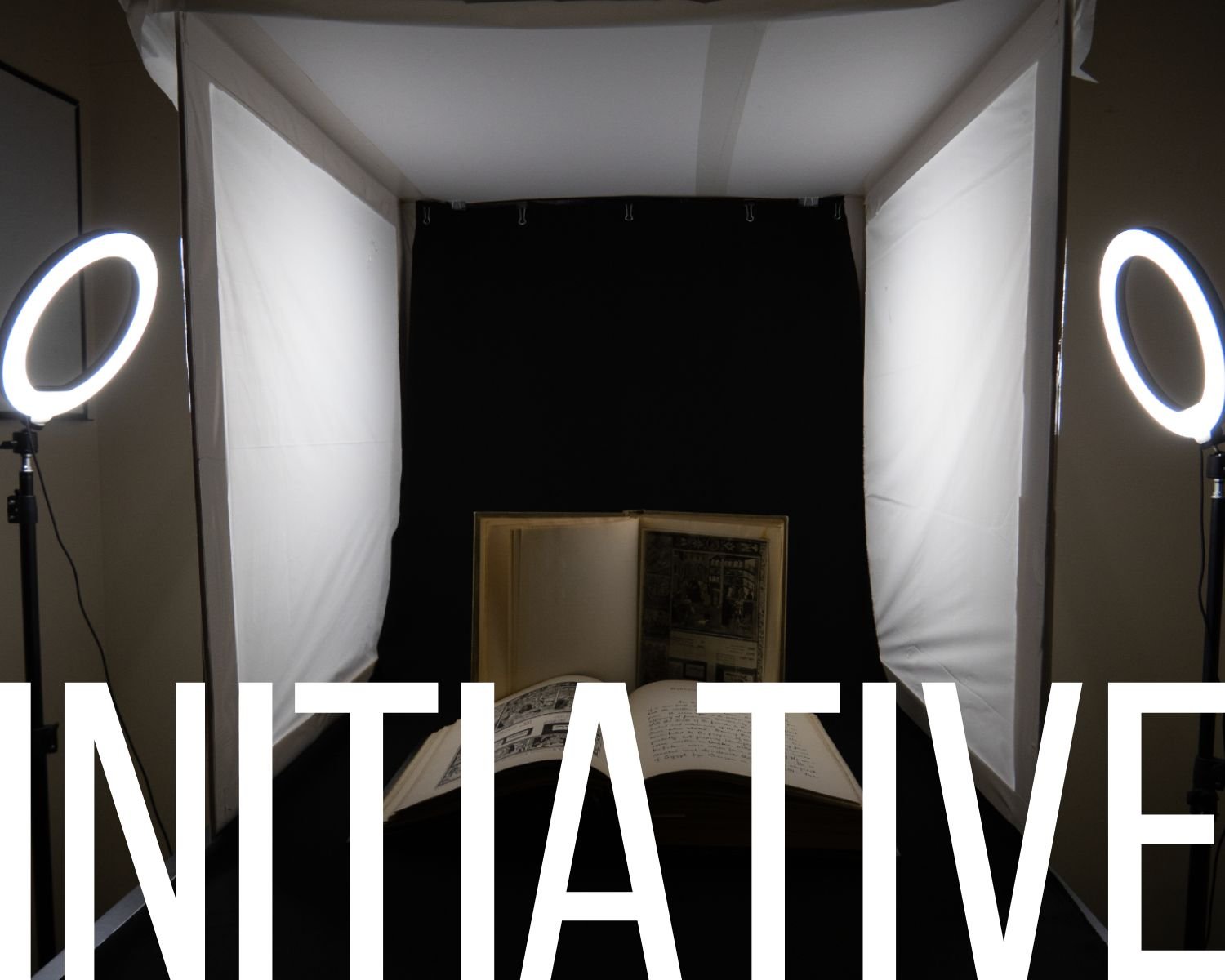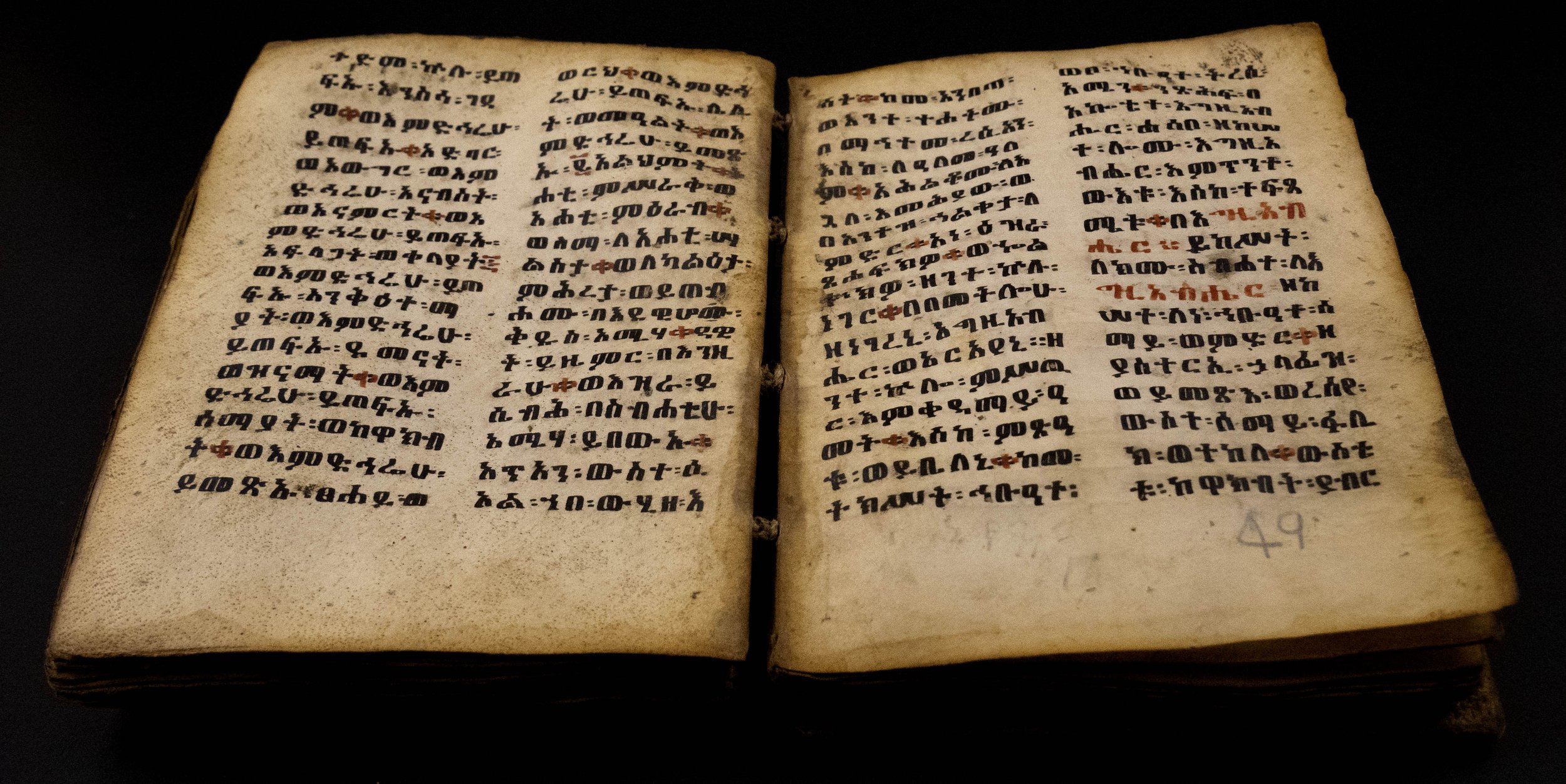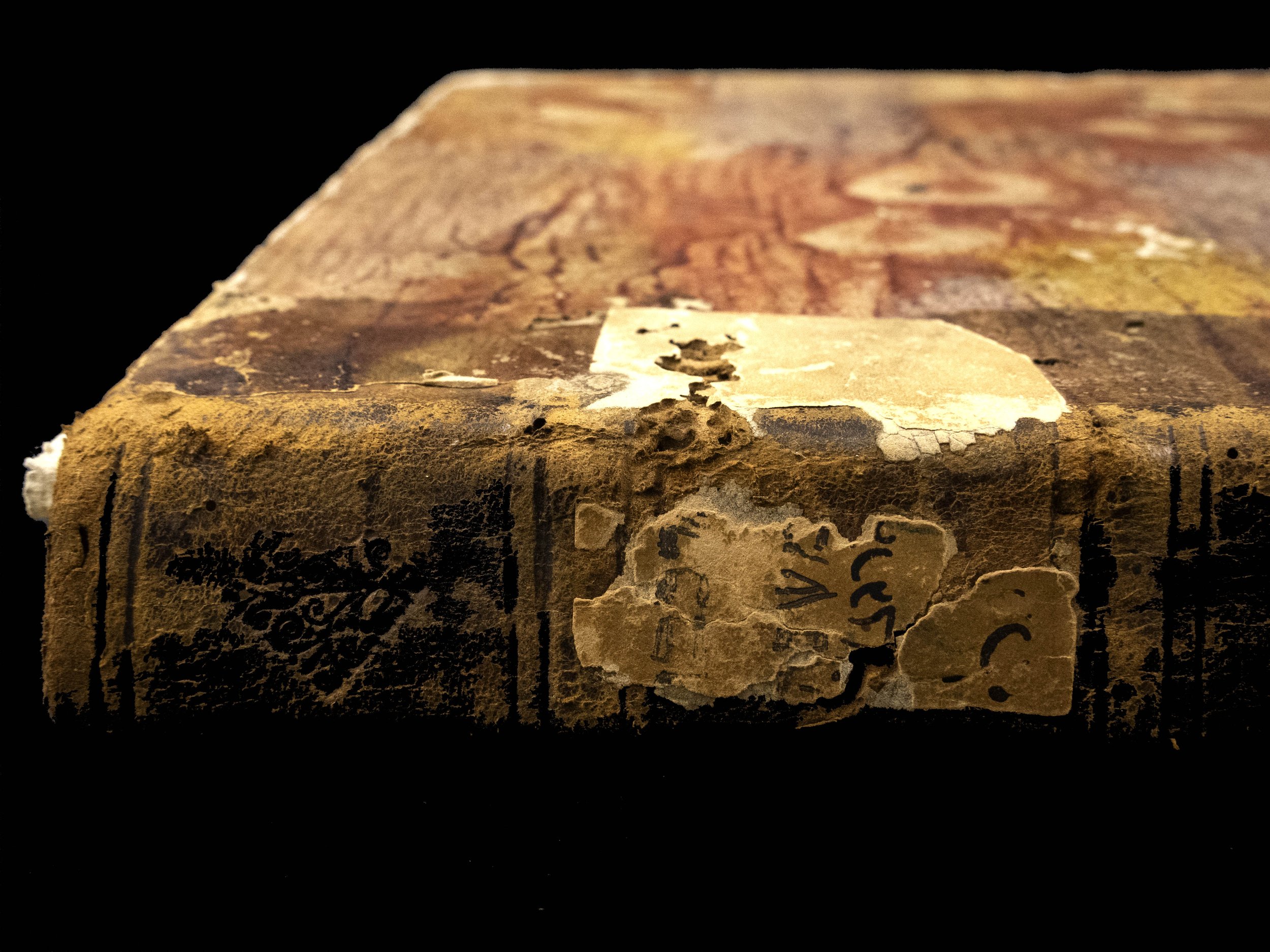
meet our rare books
THE Dr. MICHAEL D. PAUL RARE BOOK INITIATIVE
The work of Jewish Public Library's Special Collections is generously supported by Dr. Michael D. Paul and The Azrieli Foundation.


























The work of Jewish Public Library's Special Collections is generously supported by Dr. Michael D. Paul and The Azrieli Foundation.